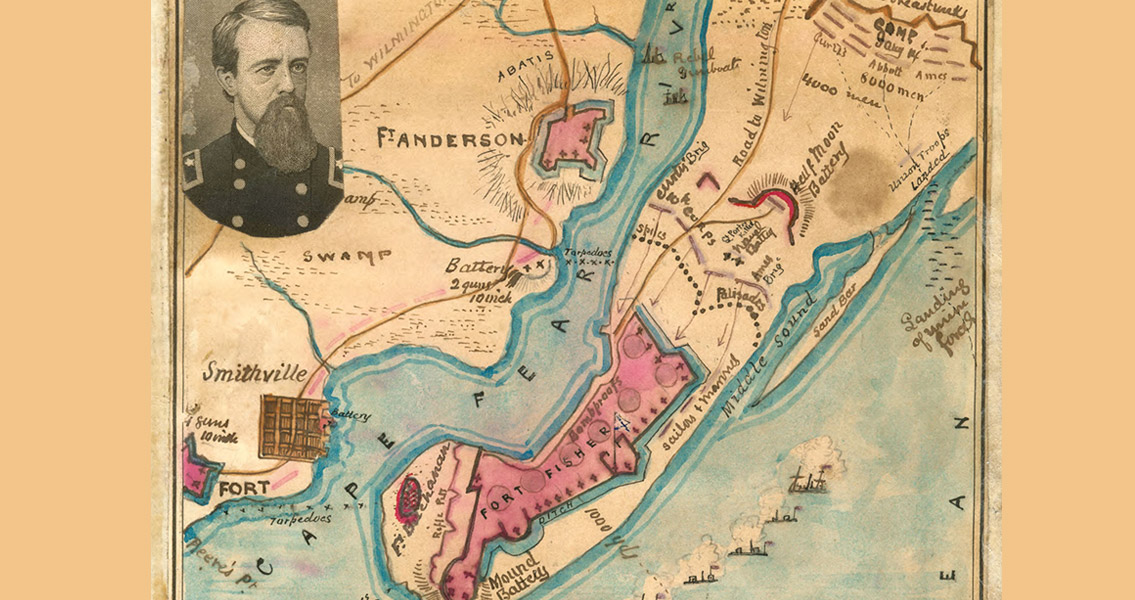<![CDATA[A yet to be identified vessel from the Civil War era has been discovered in the Atlantic Ocean near Oak Island, off the coast of North Carolina – the first of its kind to be discovered in the area in decades. The iron-hulled ship was found by underwater archaeologists and researchers with the Underwater Archaeology Branch of the North Carolina Office of State Archaeology and the Institute of International Maritime Research, during routine sonar operations in the area. The wreck was found approximately 27 miles from Fort Caswell at the Mouth of Cape Fear, where it has lain for the last 150 years. Experts believe the vessel was used as a blockade-runner by the South during the Civil War. Three such vessels were lost in the region while attempting to breach the Union blockade of the port of Wilmington, which the Union established as part of its Anaconda Plan. The aim of the plan was to thwart the Confederacy’s efforts to bring in supplies through Southern ports as well as stop the exportation of marketable items (such as cotton) by Southerners. This stranglehold had a major impact on the outcome of the war. At the start of the American Civil War in 1861, the freshly formed Confederate States of America navy consisted of just 35 ships, 21 of them steam-driven, so they sought help from Great Britain, who had large investments in the southern plantations. In an effort to protect their interests the British would become the primary ship builder and supply source for the Confederacy throughout the war. They produced runners which were steam-powered, narrower, longer, and significantly faster than other types of ships, which enabled them to outrun and outmaneuver Union vessels. It’s estimated that there were between 2500 and 2800 attempts to penetrate Union blockades with as much as an 80% success rate. By the end of the war however, the Union Navy had captured over 1,100 Confederate ships, and grounded or destroyed 355 more. The Anaconda plan (named for the manner in which an anaconda suffocates its victims) called for the patrol of twelve major ports and approximately 3,500 miles of Confederate coastline for which the Union government commissioned around 500 ships. The Confederate army protected the entrances to the Cape Fear River from the Atlantic with fortifications until one of them, Fort Fisher, fell in 1865. The Port of Wilmington was captured approximately a month later. In a press release from the North Carolina Department of Natural and Cultural Resources, Billy Ray Morris with the South Eastern Archaeological Services is quoted as saying, “A new runner is a really big deal, the state of preservation on this wreck is among the best we’ve ever had.” Researchers continue to work on positively identifying the vessel. The three known blockade runners lost in the region are; the Agnes E. Fry, the Georgianna McCaw and the Spunkie. The project is associated with the American Battlefield Protection Program and is being funded by the National Park Service.]]>
Shipwreck Off N. Carolina Coast Likely a Blockade Runner
